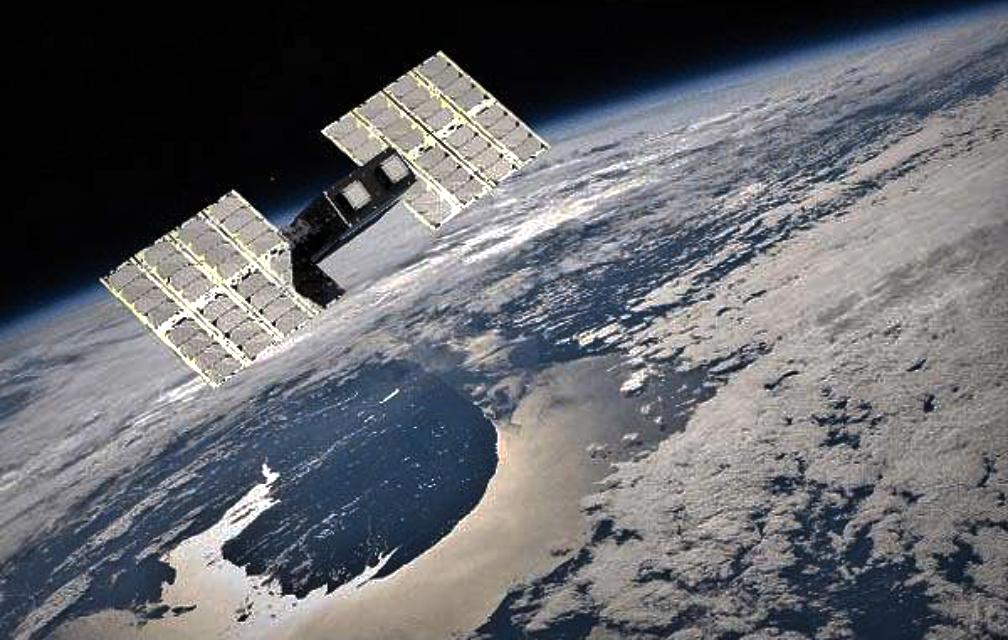
Space Flight Laboratory (SFL) has announced the successful launch of the Kepler-4 and Kepler-5 cubesats — and the company played an instrumental role in the development of the production workflow at Kepler that will enable that firm to produce additional satellites to deliver the GEN1 constellation.

The two 6U-XL cubesats were launched September 28, 2020, aboard a Soyuz-Fregat launch vehicle from the Plesetsk Cosmodrome in Russia. Within hours of launch, both satellites were in communication with Kepler ground control and were functioning as planned.
Kepler-4 and -5 are the first service-focused cubesats in Kepler Communications’ constellation that will ultimately include 140 satellites. SFL developed Kepler-4 in concert with Kepler, which is based on SFL’s new SPARTAN 6U-XL CubeSat design, with mass production in mind.
As Kepler-4 was in production, SFL personnel provided training and technical support to Kepler in creating the manufacturing workflow capable of assembling and integrating the additional satellites at a 5,000-square-foot facility adjacent to Kepler headquarters in Toronto.
Executive Comments
“Leveraging SFL’s experience we have a high degree of confidence in the performance of these satellites. This will pave the way towards our GEN1 constellation and future spacecraft in our network,” said Director of Space Systems, Jared Bottoms.
“We designed our SPARTAN 6U-XL bus – along with two other new CubeSat platforms – to cost effectively meet the reliability, performance and capability demands of fully commercial operations,” said SFL’s CEO, Dr. Robert Zee.
Established in 1998, SFL has designed and built 52 distinct nano- and microsatellites with 24 under construction and nearing launch and another 28 launched (23 of which are still operational), totaling over 128 cumulative years of successful operation in orbit.
Many of these microspace missions have included SFL’s trusted attitude control and formation-flying technologies.
